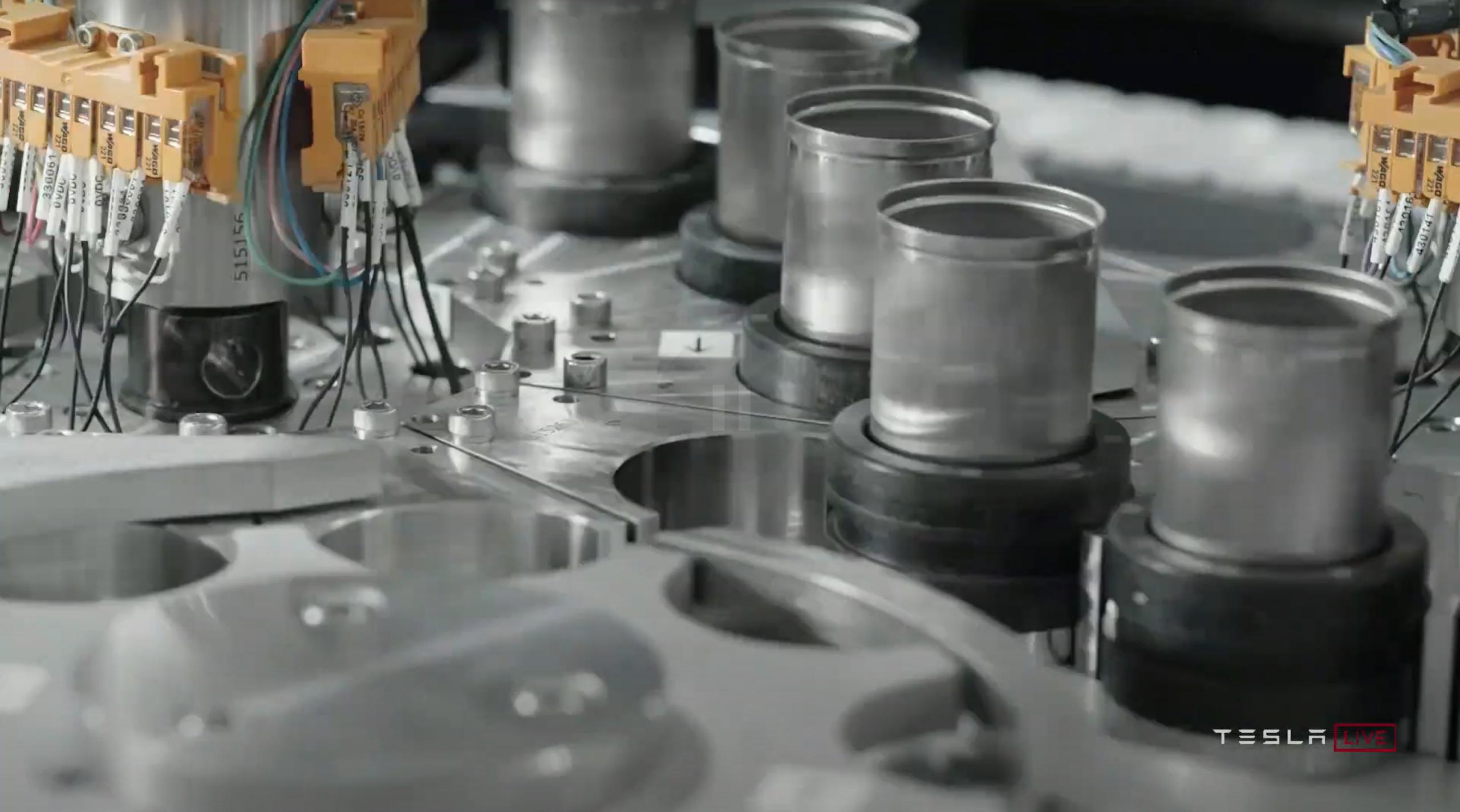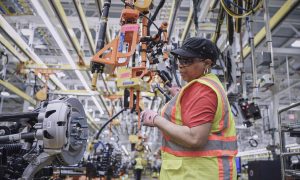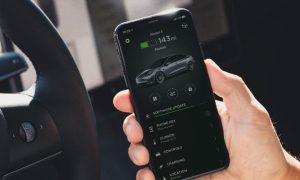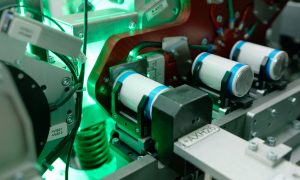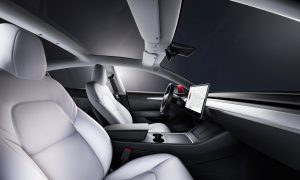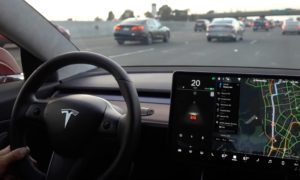Tesla Battery Day was anything but a flop. But somehow, numerous mainstream media outlets are claiming that Tesla’s blueprint to cheaper battery production and vehicles was underwhelming. If Battery Day was a flop to you, it is probably because you don’t understand the massive implications of what was announced.
To the casual Tesla fan who isn’t interested in how the company will increase manufacturing efficiency, but is interested in maximized performance specifications, sure, maybe it was a flop. But still, that seems like a reach because of the announcement of Tesla’s Plaid Model S, which will be the fastest variant of the company’s flagship sedan. To the people who live, breathe, eat, and sleep Tesla and its mission, the batteries and cell developments were the centerpiece, and what CEO Elon Musk announced was anything but “underwhelming.”
Tesla’s new 4680 battery cell will increase energy density by fivefold while increasing power by six-times and effectively maximizing range ratings for its upcoming vehicles. Not only that, but the tabless design is also going to increase manufacturing efficiency and decrease the cost of the batteries per kWh. Reducing this is the ultimate key to making EVs the same price as gas-powered cars.
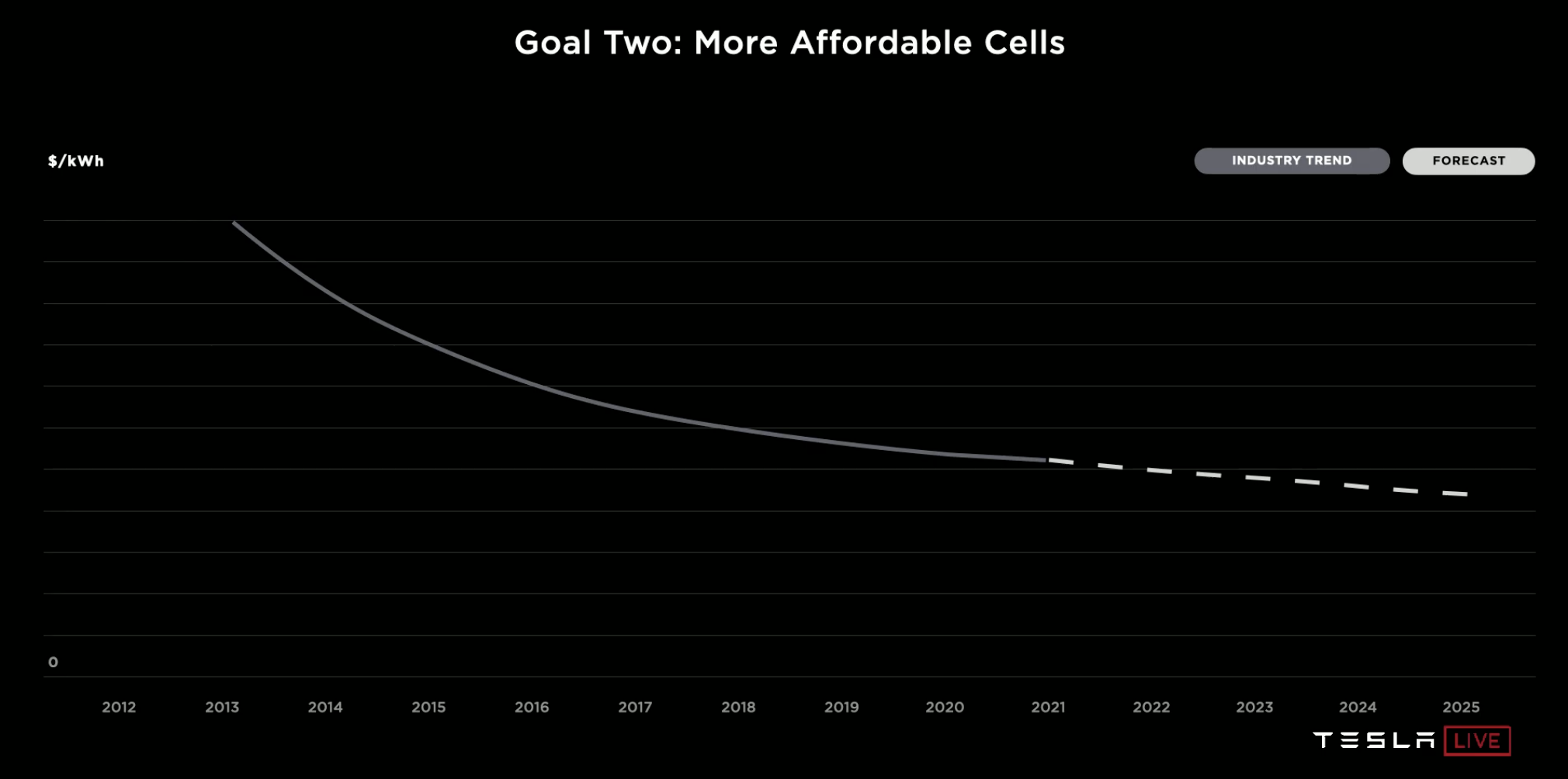
Making cells more affordable to produce will bring the cost of Tesla’s vehicles down significantly. (Credit: Tesla)
The primary issue with these large media outlets claiming the event was a flop is that readers get information that is far from the truth. The importance of what Tesla announced on Tuesday is easily the most significant breakthrough in not only the company’s long-term plans but also the plans to accelerate the adoption of sustainable transportation.
Think about this: Tesla is already the leader in EVs. Not only is that the overall consensus of EV enthusiasts as a whole, but it also is the opinion of the companies that are trying to compete with Tesla. Volkswagen has stated that Tesla’s ten-year lead is a real issue for their push to sustainability, simply because they are so far behind on figuring out software and battery manufacturing.
But the fact that Tesla is the best electric car company in the sector and will have the most affordable vehicles is a mind-blowing development. Could one imagine if Gucci was less expensive than Abercrombie? The quality and prestige of Tesla are comparable to this analogy. Higher quality and a better product, but with a less expensive price tag.
Ultimately, Tesla showed its entire plans to not only decrease the cost of its cars through battery production but also through design. The blueprint that Musk and Drew Baglino showed to the public proved that the company has a plan to make its cars more affordable while increasing safety. The design and architecture of the new battery pack showed this development.
Tesla outlines new casting and battery architecture, future of EV designs
Understanding the massive developments of Battery Day is not something that a casual fan will really understand. New battery? Big deal. Cheaper costs? They all say that. A new car? Who cares!
The problem is that everything Tesla announced the other day is a big step in the right direction for EVs as a whole, and not just for Tesla. Widespread EV adoption is one way that sustainability can be embraced, which will ultimately help the Earth’s climate in the long-term.
If Battery Day didn’t impress you, it’s okay. But the fact is, you just don’t get it. Nothing about the event was a minor development, nor was it a flop. Tesla has a plan, and it is already in effect with the automaker producing the cells at a pilot facility in Fremont.
Before claiming that the event was underwhelming, understand how significant what was announced is for the future.

